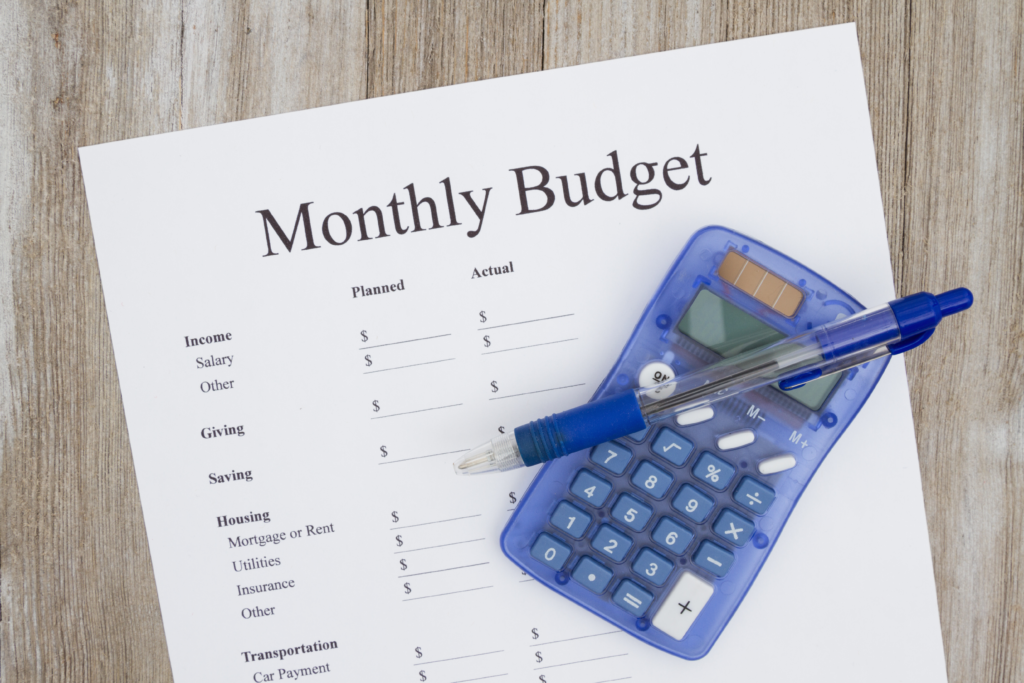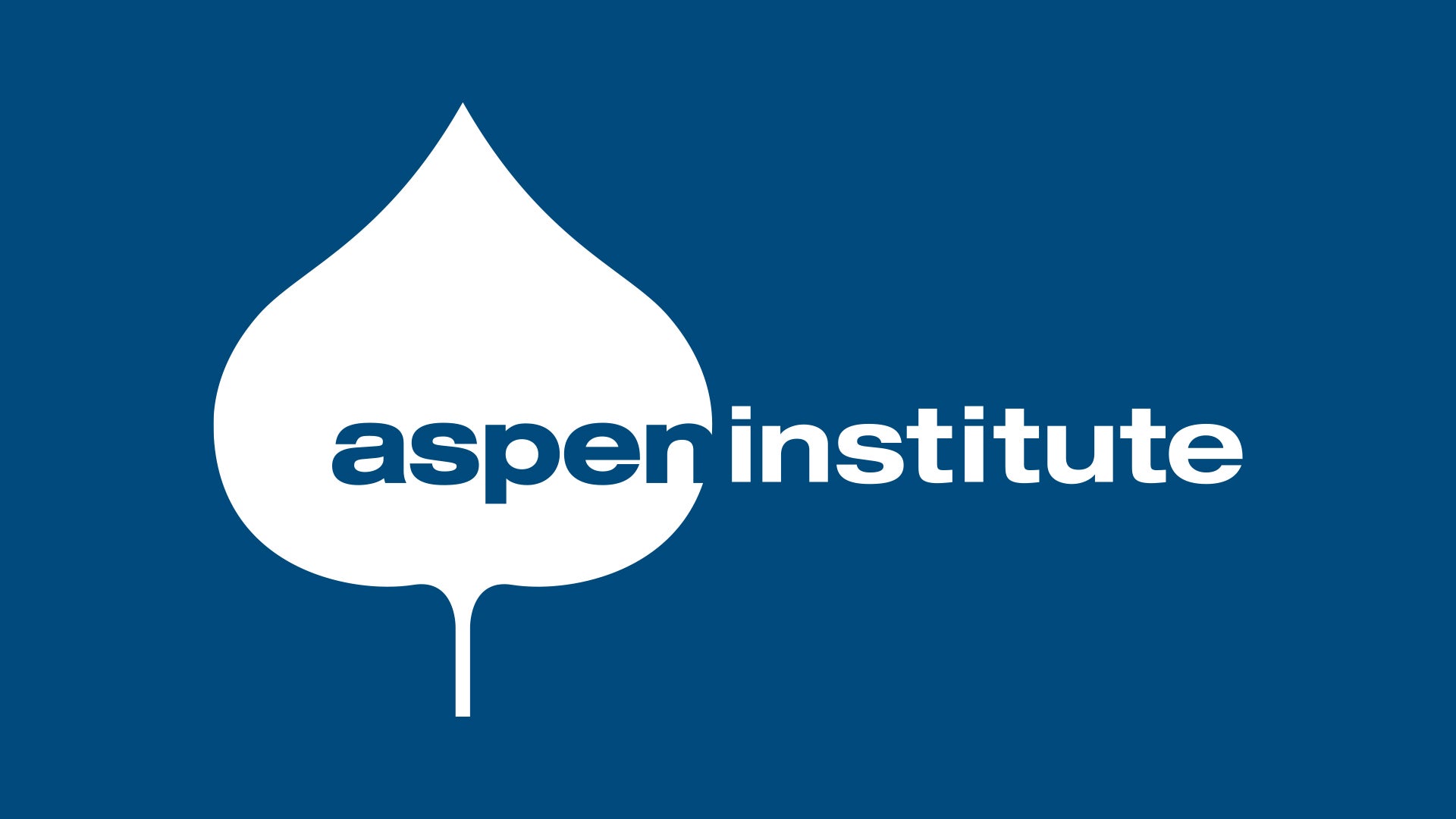What to Do if Your Student Loans Are in Default in 2025


After a five-year pause, the U.S. Department of Education is resuming collections on federal student loans that are in default. Starting May 5, 2025, borrowers who haven’t made a payment in over 270 days may once again be subject to collection efforts such as wage garnishment, tax refund offsets, and reductions in federal benefits.
If you’re in default or struggling to balance your student loans with other debts, this news may feel overwhelming. But there are still steps you can take to regain control of your finances.
Millions of borrowers are trying to navigate changes in repayment, especially after years of paused payments. The first step is understanding whether your loans are in good standing and what that means for your next move.
Federal student loans are considered in default when you haven’t made a required payment for more than 270 days. Once in default, your loan is no longer handled by your loan servicer and may be transferred to a collections agency. This can trigger serious consequences, including:
To see whether your federal student loans are in default, you can log in to your account at studentaid.gov. There, you’ll find your loan details, including your current servicer, balance, and repayment status. If your loans have been transferred to collections, that information should be listed as well.
Whether you’re coming out of a long pause in payments or facing student loan bills for the first time, making room in your budget can feel challenging. The good news is you don’t have to overhaul your entire financial life to get started. With a few thoughtful steps, you can begin to make space for student loan payments without sacrificing stability.
Start by looking at where your money is coming from and where it’s going:
Once you understand your overall financial picture, the next step is figuring out which debts to focus on first. A good rule of thumb is to always make at least the minimum payment on every debt. This helps protect your credit and keeps you from falling further behind.
From there, you might consider using a debt payoff strategy to guide your approach. Two of the most popular are the avalanche method and the snowball method. With the avalanche method, you prioritize debts with the highest interest rates. This reduces the total amount you pay over time. The snowball method, on the other hand, focuses on paying off the smallest balances first. This gives you quicker wins and a motivational boost.
As you’re deciding where student loans fit into your plan, keep in mind that loans in default or at risk of collections may need to move higher on your priority list.
Now that you’ve prioritized your obligations, look for areas where you can reallocate funds:
If your budget still doesn’t leave enough room for student loan payments, it might be time to look beyond the loans themselves. While federal student loans usually can’t be included in traditional debt relief programs, reducing other monthly payments can help you free up money to stay current on your loans.
For example, if high-interest credit card debt or medical bills are stretching your budget thin, exploring debt relief options like debt settlement or consolidation could make a meaningful difference. By lowering or simplifying your payments on those debts, you may be able to redirect funds toward your student loans.
Even if your income is limited or your budget is already stretched thin, there are still steps you can take to stay proactive and protect yourself from the worst consequences of default.
If your federal loans are already in default, it might be a good idea to call the Department of Education’s Default Resolution Group at 1-800-621-3115. They can walk you through your options.
If you’re eligible, loan rehabilitation may be one of the most effective ways to exit default. This program requires you to make nine on-time, voluntary monthly payments. Once complete, your loan is returned to good standing, and the record of default is removed from your credit report.
Keep in mind that rehabilitation is a one-time opportunity—so it’s important to commit only if you’re confident you can complete the program.
Whenever you communicate with your loan servicer or the Default Resolution Group, make sure to keep detailed records. This includes:
Staying organized can help you if there are any future disputes or questions about your repayment status.
With federal student loan collections resuming, now is the time to take action—even if you’re not sure you can afford full payments. Ignoring the issue can lead to wage garnishment, tax refund offsets, and long-term financial stress.
Fortunately, there are still steps you can take. Whether it’s adjusting your budget, seeking debt relief, or pursuing loan rehabilitation, acting early gives you more control over the outcome.
The content provided is intended for informational purposes only. Estimates or statements contained within may be based on prior results or from third parties. The views expressed in these materials are those of the author and may not reflect the view of National Debt Relief. We make no guarantees that the information contained on this site will be accurate or applicable and results may vary depending on individual situations. Contact a financial and/or tax professional regarding your specific financial and tax situation. Please visit our terms of service for full terms governing the use this site.

Debt collectors are known to be pushy. Fortunately, the Fair Debt Collection Practices Act (FDCPA) gives you tools to make...

Cinthia Schuman Ottinger Deputy Director for Philanthropy Programs Written in partnership with Kimberly Hestermann, Fall 2025 Hearst Fellow This fall, leading...

House Democrats, led by Rep. Lloyd Doggett of Texas, have introduced the HSA Consumer Protection Act to tighten rules on...